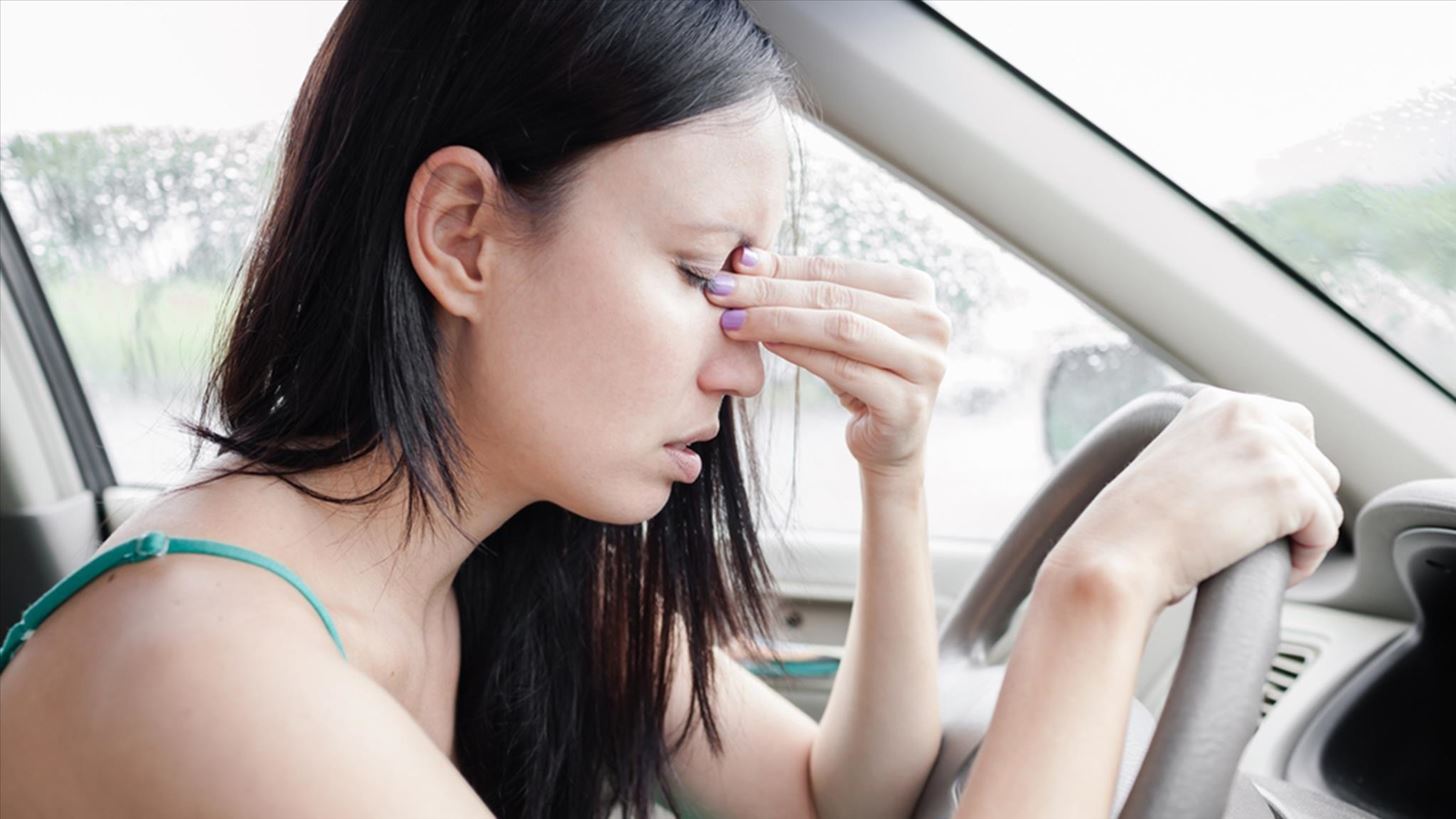Stomach ache? It’s the worst thing, especially when driving. Car sickness is a type of motion sickness which causes you to feel nausea when travelling on the road. Did you know, 18% of people continue to suffer in their adulthood as well?
However, at CarCliq we discuss why it occurs in the car, the common symptoms and how to reduce motion sickness symptoms most importantly.
Why does motion sickness occur in the car?
The main conclusion on why motion sickness occurs is due to the repeated movements which happen during your commute, such as going over speed bumps.
In fact, the NHS provided evidence to support this claim, stating it happens when the inner ear, which helps to control balance, transmits different signals to your brain from those your eyes are seeing. As a result of this, these confusing mixed messages cause you to feel under-the-weather.

What are the common symptoms of car sickness?
· Nausea
· Vomiting
· Cold sweats
· Dizziness
· Increase in saliva
· Drowsiness
· Headache
· Loss of appetite
How am I able to reduce motion sickness?
It can be as simple as where you sit in the car – trust us, we aren’t lying! The RAC have produced findings from research which concluded that 75% of motion sickness sufferers found sitting in the back seat of a car can be the worst place.
However, some people found that by actually sitting in the back and closing your eyes, this can ease the nausea. In addition to this, you can also lean your head against the car headrest to reduce movement in this region.
Ultimately, we advise to you to simply experiment and see what works best for you when travelling, as every person is different.
To conclude, we suggest you take away the following 5 key tips to make your travelling better and reduce your motion sickness symptoms:
1. Avoid reading or using electronic devices – that’s right, step away from the mobile phone!
2. Focus on an object, look outside and find a fixed point. Avoid any moving objects such as passing cars.
3. Stick to motorways and A-roads; you’ll find traveling on narrow or twisting roads can cause your sickness to increase.
4. Try not to have a full stomach during your travels, as motion sickness can begin due to an aggravated full stomach. Instead, switch to dry and small snacks.
5. Distraction techniques are a great method, such as turning on the radio and listening to your favourite music or having a conversation with the people you’re travelling with.
For more CarCliq guides click here